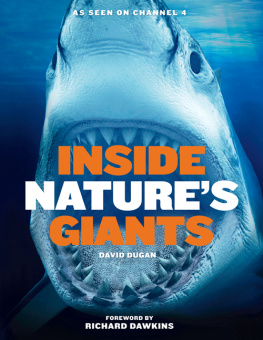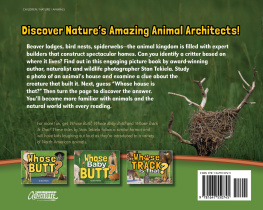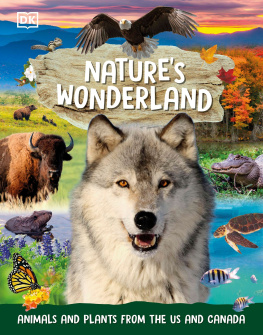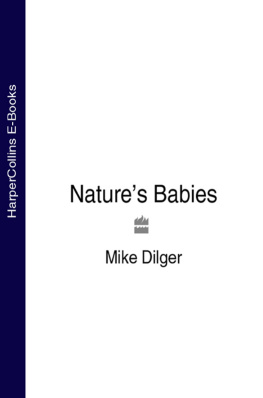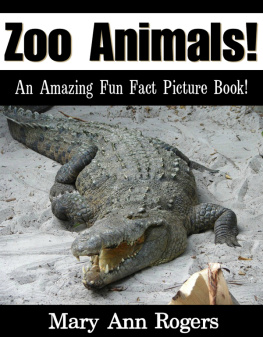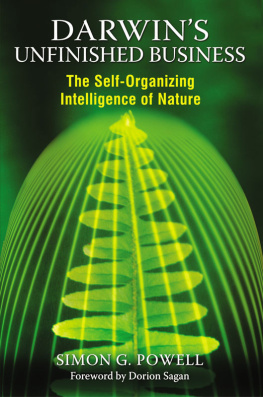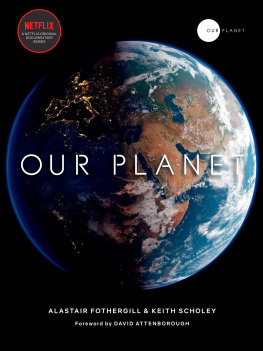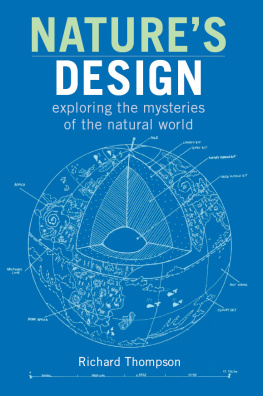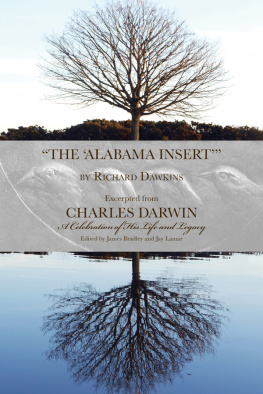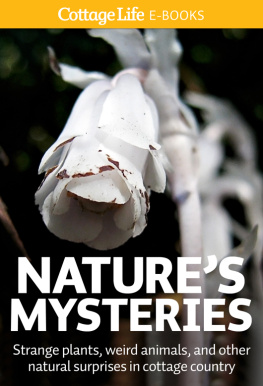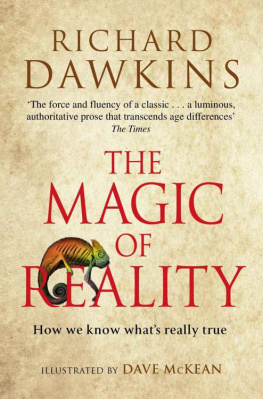Inside Natures Giants
David Dugan, Mark Evans, Joy S. Reidenberg, Simon Watt, Jamie Lochhead, Alex Tate, Tom Mustill and Peter Fison
Foreword by Richard Dawkins
Also Available as an App


Contents
When I was first approached to take part in Inside Natures Giants , I immediately suggested that, if they ever had the opportunity to dissect a giraffe, they should try to hunt for an extraordinary bit of anatomy called the left recurrent laryngeal nerve. If you were designing a nerve connecting the brain to the voicebox, would you send it on a detour down into the chest to loop around one of the large arteries there, and then back up to its target organ at the top of the neck? Of course not. Yet that is exactly what the recurrent laryngeal nerve does, not because it has other business with branches in the chest it doesnt. The detour makes perfect sense as a relic of evolutionary history and our fishy ancestry, but from a design point of view in a mammal it is a botched job, pure and simple: no self-respecting engineer would perpetrate such a thing. Its bad enough in humans, but in a giraffe... that I had to see!
Almost a year later I found myself in the Royal Veterinary College, blinking in amazement at a state-of-the-art dissecting theatre, one entire wall made of sheer plate glass, behind which, in near darkness, tiers of mesmerised students stared out of the gloom at an electrifying scene: a work of art that would leave Damien Hirst stranded drably in formaldehyde. Bright arc lights bore down on a young giraffe which had unfortunately died in a zoo on a huge dissecting table, one leg winched towards the ceiling in an attitude of stark hyper-realism. Its yellow and brown patchwork coat seemed to glow to match the bright orange overalls and white rubber boots of the dissecting team, a surreal uniform which I was also required to don when I joined them under the lights. Almost euphoric with the coincidence, I realised that it was Darwin Day 2009 his 200th birthday and I was privileged to spend it with the expert team of comparative anatomists and veterinary pathologists as they carefully traced that paragon of Darwinian paradox, the laryngeal nerve of the giraffe.
For me it was the start of a fascinating association with the Inside Natures Giants team, as they unveiled the intricate internal complexity a characteristically contrarian mixture of clumsy and elegant inside some of the most amazing animals ever to evolve: elephant, lion, whale, cassowary, crocodile, python, polar bear, shark... and more. The overwhelming impression I get from surveying internal anatomy is that it is a beautifully honed mess! Every organ and structure has a function, but this has evolved gradually and sometimes imperfectly, with vestigial weaknesses reflecting the unimaginably long journey of the animals DNA through geological deep time. From sea to land, from deserts to jungles, from shredding leaves to slaughtering wildebeest, the anatomies of animals tell us not only what they do now, but what their ancestors did in the past.
Inside Natures Giants opens a bright window on each animals life and also its evolutionary story. Each chapter of this book gives a unique anatomical insight into a different animal. The orange-suited explorers never cease to be surprised by whats under the skins of natures giants. Engagingly, they not only demonstrate what we already know, but they also share with us the exhilarating experience of learning on the job. It has been my privilege to join them, and it is my pleasure to introduce this book.
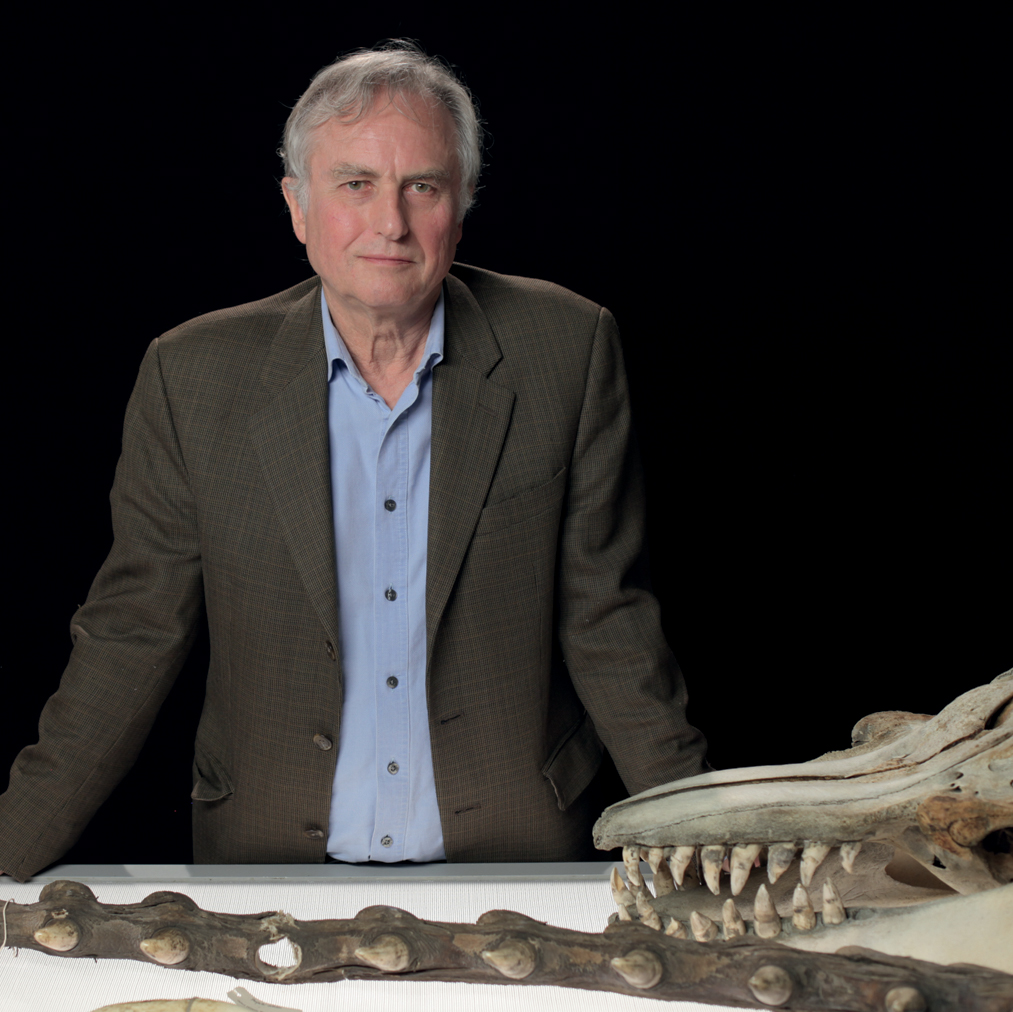
Ive always enjoyed Rudyard Kiplings Just So Stories , but the evolutionary tales of how these creatures really got their trunks, spots and humps are just as enthralling and full of surprises. With the 200th anniversary of the birth of Charles Darwin approaching, Windfall Films was looking for new ways of tackling evolution. While doing some background research for a drama about Charles Darwin and Captain Robert Fitzroy we came across accounts of public dissections of large animals performed by one of Darwins staunchest critics, the great Victorian anatomist Richard Owen.
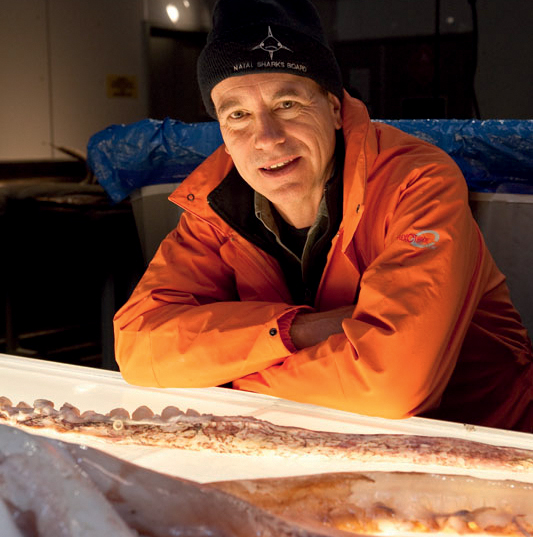
Jo Moore / Museum of New Zealand Te Papa Tongarewa
David Dugan
Series Producer
Inside Natures Giants
Around the time of this background research, a team in New Zealand carried out a dissection on an extremely rare specimen of a colossal squid. The gigantic eye and huge hooked limbs of this deep sea monster looked utterly alien. At a Windfall ideas meeting we suddenly all got very excited about the prospect of dissecting large animals to reveal their underlying anatomy and evolutionary past. Channel Four was equally enthusiastic about this inside out approach to natural history. And so Inside Natures Giants was born.
We started to explore possible presenters and experts, eventually settling on Mark Evans, Simon Watt and Joy Reidenberg. Richard Dawkins agreed to tell the real evolutionary Just So story for each animal.
In the early days of the series we were concerned how the public might react to the sight of an elephants guts cascading on to the floor. However, the audience became as absorbed as we were by the science as the anatomy was revealed. The series went on to receive critical acclaim and win numerous awards. By the time this book is published we will have completed 18 programmes filming animals in the Arctic, the rainforest and the African savannah.
Each of the chapters in this book is written by a producer or presenter of Inside Natures Giants . Joy Reidenberg writes about her favourite anatomical feature in each animal. The book tries to convey the enormous enthusiasm, fascination and joy that weve all experienced making this series.
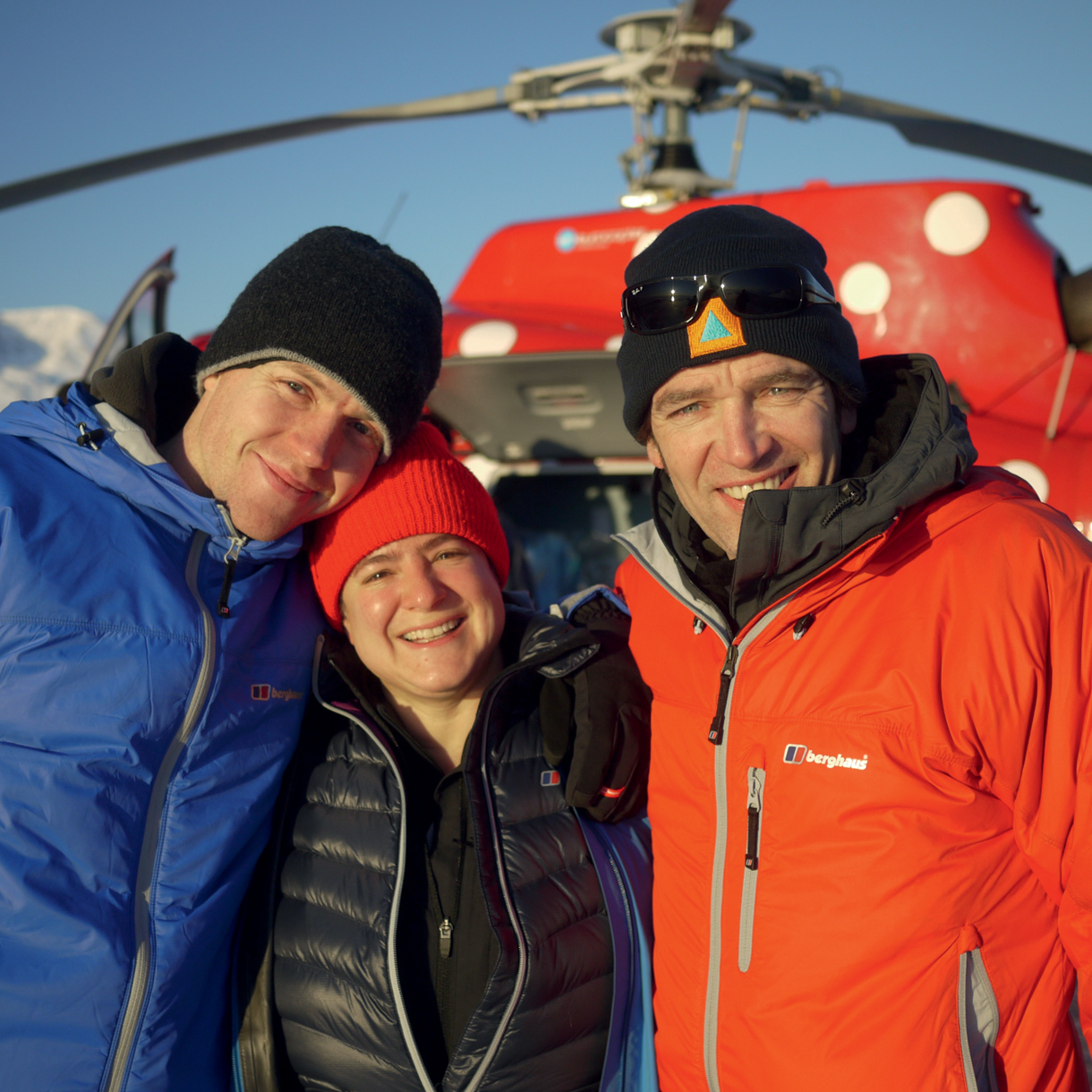
Mark Evans
Mark Evans is a veterinary scientist who trained at the Royal Veterinary College and has wide experience of presenting television programmes about animals and wildlife.
Joy Reidenberg
Joy Reidenberg is a professor of Anatomy at Mount Sinai School of Medicine in New York. She studies whales and also teaches human anatomy to medical students. She came to Ireland to dissect a stranded fin whale, after which we decided to invite her to become a permanent member of the team.
Simon Watt
Simon Watt trained as an evolutionary biologist and regularly performs science shows at museums and science festivals.
Architeuthis dux
Tom Mustill
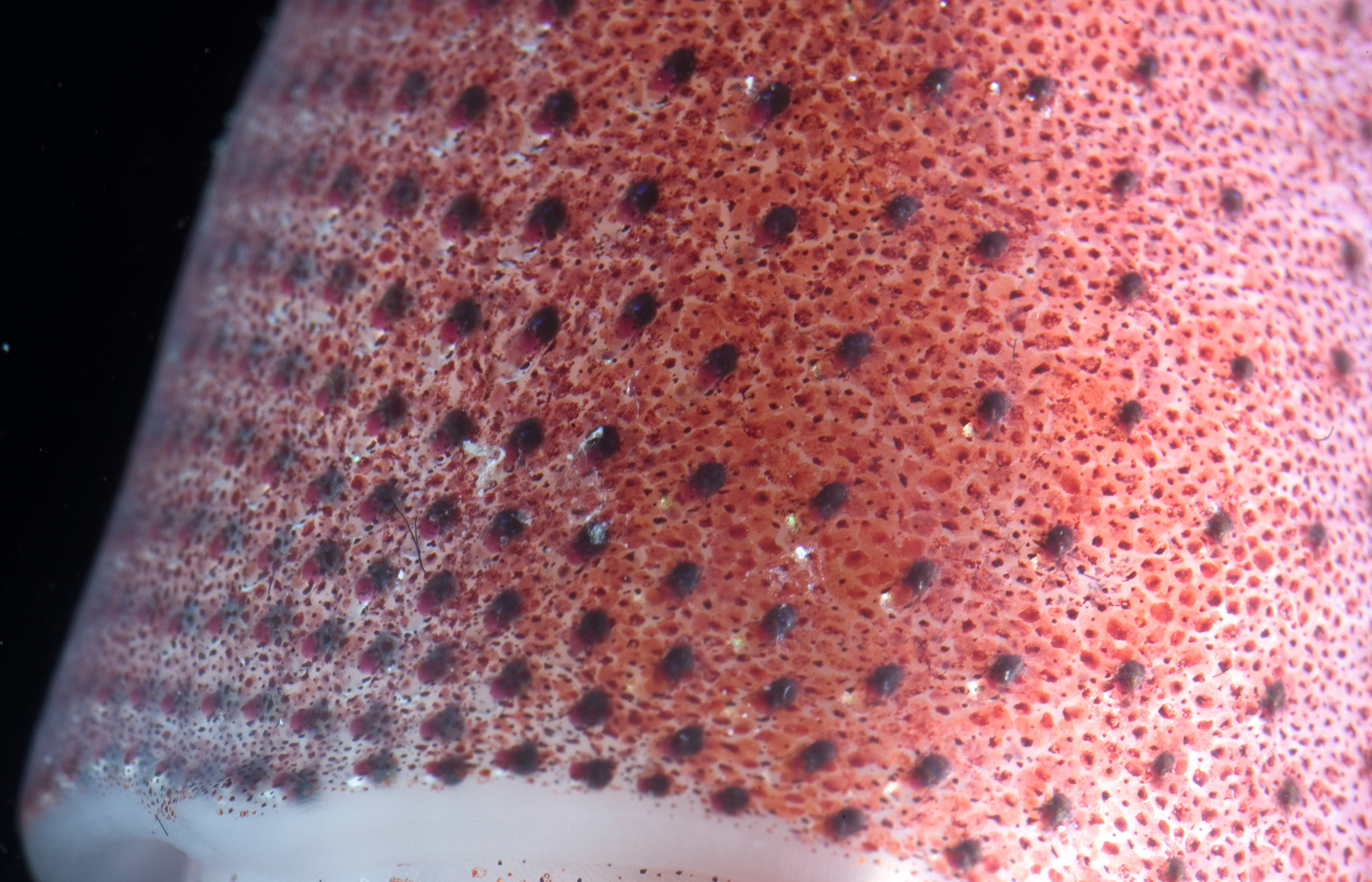
David Shale/naturepl.com
Deepsea squid (Histioteuthis sp) close-up of mantle showing photopores in the Atlantic Ocean.
There was one creature that members of the Inside Natures Giants team had set their hearts on from the start, a terrifying and mysterious alien. A predator that stalks the most inhospitable parts of our planet: the giant squid. These monsters of the deep can grow to 13m in length, yet we know almost nothing about them. Almost everything we know comes from studying the anatomy of the few rare specimens washed up on beaches or cut from the bellies of sperm whales. Sometimes research ships probing the seas depths around New Zealand will return with freshly caught specimens which they freeze in their holds. After months of negotiation wed been allowed access to one of these rare catches.
Next page
